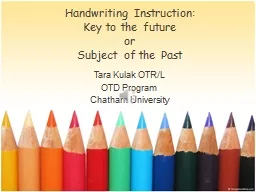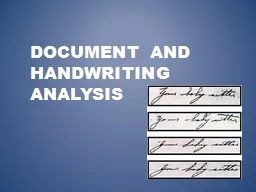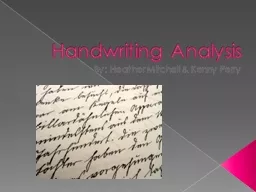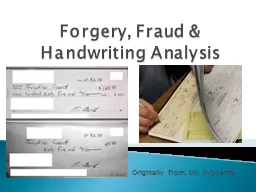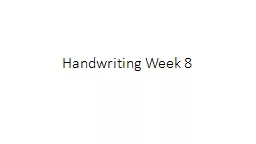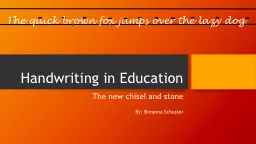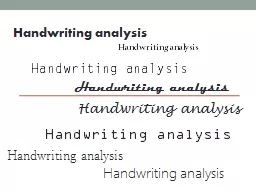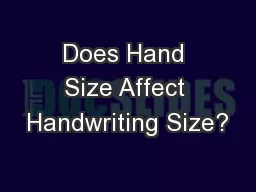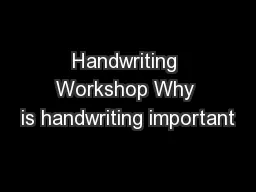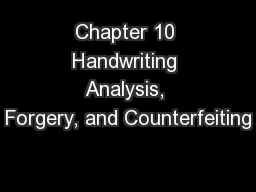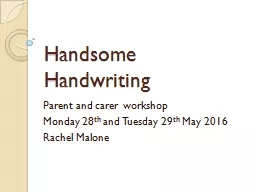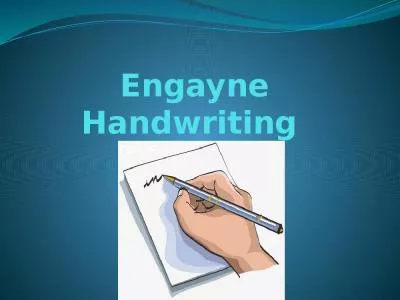PPT-Handwriting Instruction:
Author : trish-goza | Published Date : 2019-06-29
Key to the future or Subject of the Past Tara Kulak OTRL OTD Program Chatham University Learning Objectives Participants will Gain knowledge about the importance
Presentation Embed Code
Download Presentation
Download Presentation The PPT/PDF document "Handwriting Instruction:" is the property of its rightful owner. Permission is granted to download and print the materials on this website for personal, non-commercial use only, and to display it on your personal computer provided you do not modify the materials and that you retain all copyright notices contained in the materials. By downloading content from our website, you accept the terms of this agreement.
Handwriting Instruction:: Transcript
Download Rules Of Document
"Handwriting Instruction:"The content belongs to its owner. You may download and print it for personal use, without modification, and keep all copyright notices. By downloading, you agree to these terms.
Related Documents

